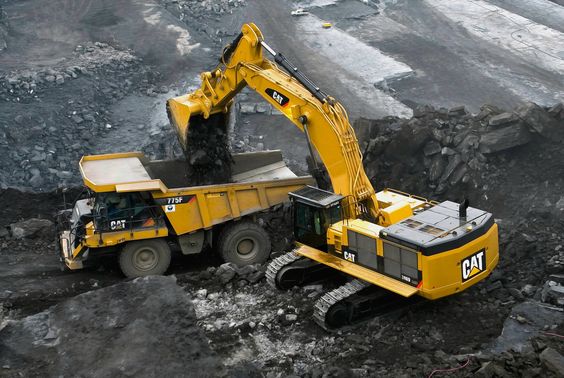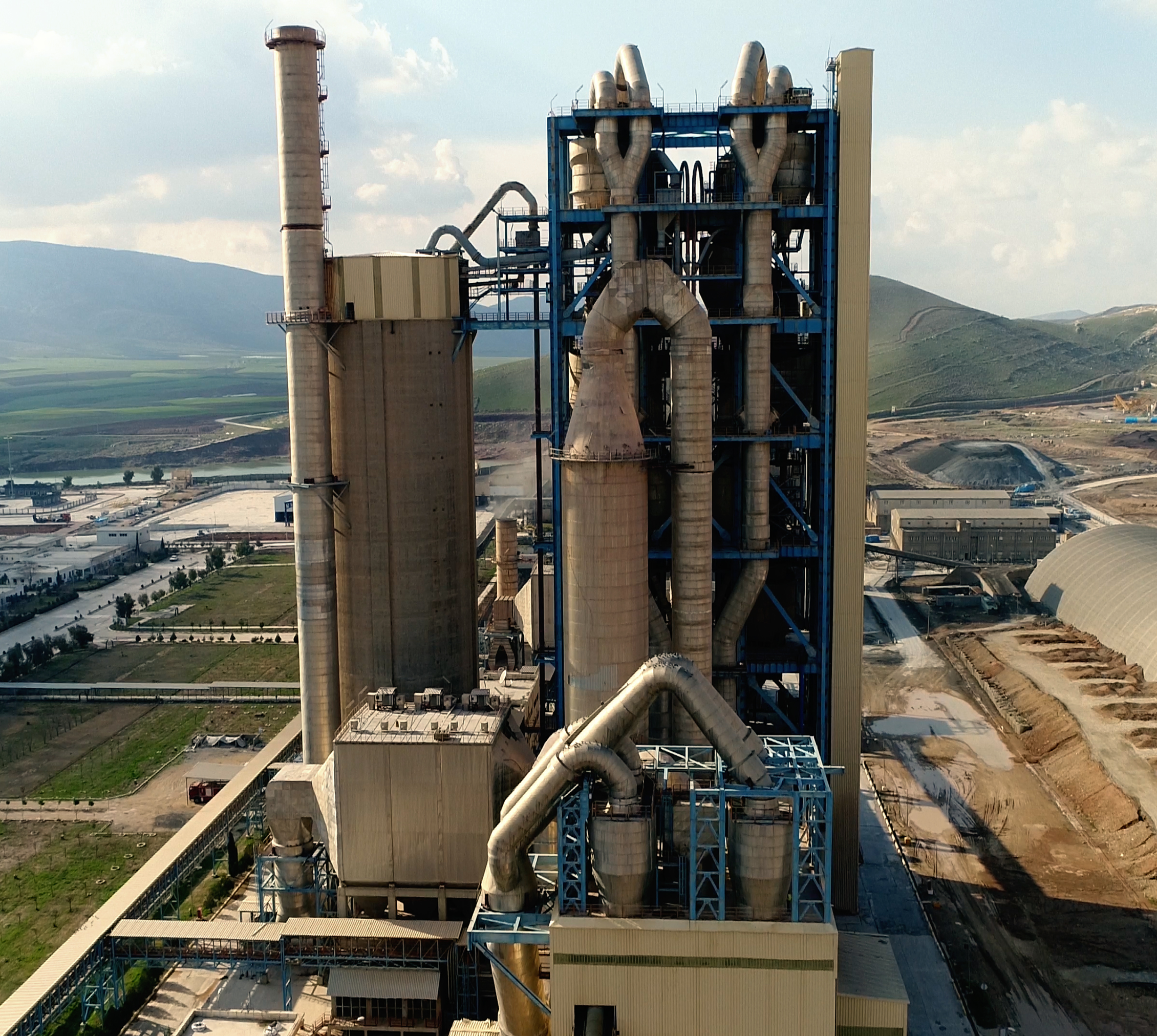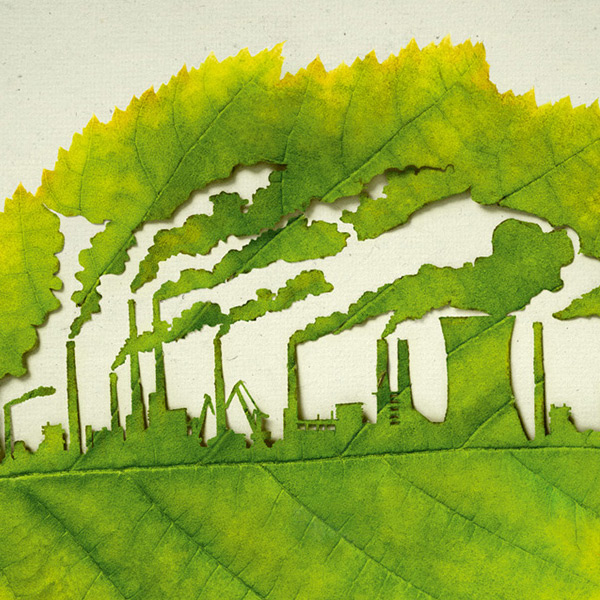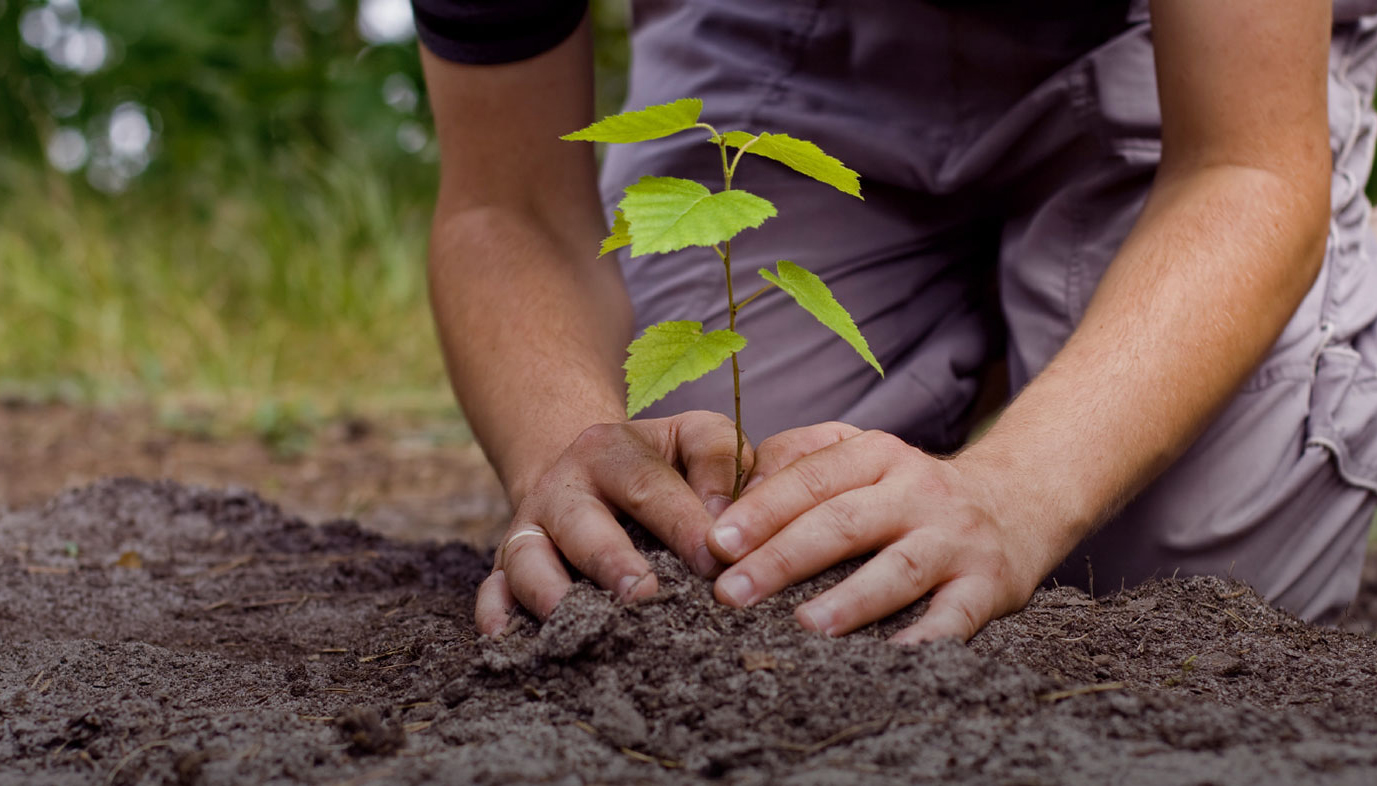All about Cement
Although cement is one of the oldest building materials around, its production process is a mix of traditional chemistry and hi-tech equipment to make the cement used in homes, hospitals and schools around the world
From the raw material quarry to the delivery of the end product, follow every step in the cement manufacturing process
Step 1: extraction of raw materials |
|
|
The raw materials needed to produce cement (calcium carbonate, silica, alumina and iron ore) are generally extracted from limestone rock, chalk, shale or clay. These raw materials are won from the quarry either by extraction or through blasting. These naturally occuring minerals are then crushed through a milling process. At this stage, additional minerals are added to ensure the correct chemical composition to make cement is in place. These minerals can be obtained from waste or by-products of other industries, such as paper ash. After milling, the raw meal (as it is known) is transported to the plant where it is stored.
|

|
Step 2: raw grinding and burning |
|
|
Grinding produces a fine powder, known as raw meal, which is preheated and then sent to the kiln. The kiln is at the heart of the manufacturing process. Once inside the kiln, the raw meal is heated to around 1,500°C - it is of a similar temperature to molten lava. At this temperature, chemical reactions take place to form cement clinker, containing hydraulic calcium silicates.
In order to heat the materials to this very high temperature, a 2,000°C flame is required, which can be produced through the use of fossil and waste-derived fuels. The kiln itself is angled by 3° to the horizontal to allow the material to pass through it, over a period of between 20-30 minutes.
Upon exiting, the clinker is cooled and stored ready for grinding to produce cement.
|

|
Step 3: cement grinding and shipping |
|
|
A small amount of gypsum (3-5 ) is added to the clinker to regulate how the cement will set, the mixture is then very finely ground. During this phase, different mineral materials, called ‘additions', may be added alongside the gypsum. Used in varying proportions, these additions, which are of natural or industrial origin, give the cement specific properties such as reduced permeability, greater resistance to sulfates and aggressive environments, improved workability, or higher-quality finishes.
Finally, the cement is stored in silos before being shipped in bulk or in bags to the sites where it will be used.
|

|
|
|
Cement manufacturing does have an impact on the surrounding environment so Lafarge is committed to reconciling industrial imperatives with the preservation of ecosystems. Becoming more sustainable is a commitment of Lafarge in all of its operations.
Becoming more sustainable is a commitment of Lafarge in all of its operations. |
|
|
Lafarge's worldwide experience on Alternative Fuel Use of alternative fuels is part of the broader framework of industrial ecology. Lafarge Group started to substitute some wastes and by-products for fossil fuels or raw materials, particularly in Western Europe and North America, at the end of the 1970s. Alternative fuels are now used by 78 plants around the world, representing 15 of the energy mix. Lafarge has therefore increased its use of non-fossil fuels by more than 30 in three years. The Group has the ambition for alternative fuels to exceed 50 of its energy mix by the end of 2020.
Industrial ecology proposes a new organization of the industrial system, minimizing materials lost in the consumption and production processes. In cement plants, industrial ecology can be reflected in two ways: - partial substitution of traditional fossil fuels with alternative fuels - use of cement additives as raw materials as a partial substitute for clinker. This may involve by-products such as slag from the steel industry or fly-ash from coal-fired power stations.
This development is a strategic part of the sustainable development program of the Group to improve the plants performance as providing a service to community and contributing to the protection of the environment. The Group is convinced that sustained economic growth cannot occur without social progress, environmental protection and respect for local communities. |


|
|
Lafarge Industrial Ecology(LIE) is a "Waste Management" specialized subsidiary of Lafarge Group that takes advantage of the unique opportunities of the cement industry to use waste in an environmentally safe and responsible manner. LIE is backed by the experience of Lafarge operating in 64 countries.Out of 8,5 million Tons of waste recovered by the Lafarge Group in 2012, more than 800 000 T were shredded solid waste coming from Municipal, Industrial and Commercial wastes.Indeed, the cement plant process operates at a very high temperature compared to boilers or incinerators and is therefore able to combust difficult to burn fuels with no increase in emissions compared to fossil fuels.Adding value to waste by using it as alternative fuel or materials, makesit possible to:
1. Limit greenhouse gas emissions by reducing the use of nonrenewable natural raw materials and Fossil fuels (oil, coal, etc.) 2. Diversify energy resources and reduce energy costs by limiting dependence on the market for traditional fuels 3. Serve the community by recycling waste that would otherwise have to be processed and eliminated.
Lafarge has 8 golden rules in its Industrial Ecology Policy: 1. Protect the Health and Safety of our employees, contractors and local community 2. Respect the Environment 3. Guarantee the quality of our products 4. Have appropriate waste quality control 5. Have appropriate operational controls 6. Have full transparency with our stakeholders 7. Be recognized as a service provider 8. Sustainable biomass usage |
|
|
(*) LAFARGE is part of the Cement Sustainable Initiative (CSI) in World Business Council of Sustainable Development (WBCSD)
Lafarge's Alternative Fuel projects in IRAQ Lafarge has been operating since 2008 in Iraq; it is the largest non-oil & gas investor in Iraq having 3 cement plants (8 MT capacity), 22 RMX plants and 1 aggregate quarry. In the frame of creating economic and social value for the country, Lafarge aims to take the lead in terms of sustainable development based on society, economy and environment.
Alternative Fuel Program is an important part of this objective.
Why Alternative Fuel in Iraq?
A portfolio of projects :
|





